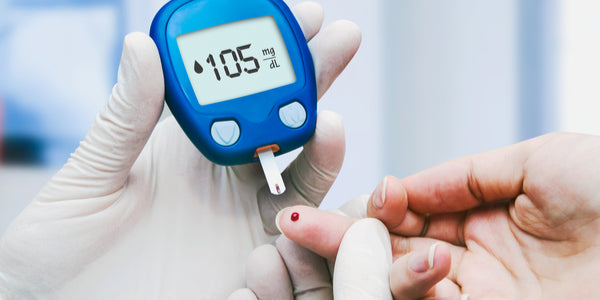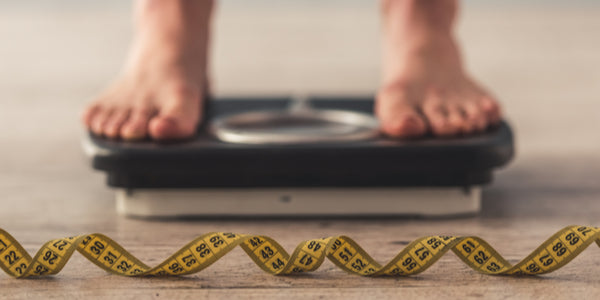
Diabetes is something that we hear about a lot in the United States and it’s not just one of those things that is going to go away quietly. In fact, it’s only getting worse.
Diabetes has been steadily rising throughout the United States. In fact, according to the Centers for Disease Control (CDC), statistics regarding cases of diagnosed diabetes have nearly tripled since 1992, sending nutrition and weight loss into the limelight.
But what, exactly, is diabetes and what causes it?
Diabetes is a group of metabolic diseases that largely focuses on the hormone, insulin. This means a person has high blood glucose (blood sugar), either because insulin production is inadequate or because the body's cells do not respond properly to insulin, or sometimes both. Patients with high blood sugar will typically experience symptoms like frequent urination and become increasingly thirsty or hungry.
Type 1 diabetes, where the body fails to produce insulin altogether, is far less common than Type 2 diabetes, where the body does not produce enough insulin to function properly. Type 2 diabetes is responsible for nearly 95% of the diabetes cases within the United States and is typically associated with poor nutrition, weight gain and lack of physical activity. According to the CDC:
"The rise in the incidence of type 2 diabetes cases is associated with increases in obesity, decreases in leisure-time physical activity, and the aging of the U.S. population."
Although not everyone with Type 2 diabetes is overweight, obesity and lack of physical activity are two of the most commonly cited causes of diabetes.
Prevention is key
The good news is that all is not lost. Some people may be able to control type 2 diabetes symptoms by following a healthy diet and losing weight, regular exercise, and monitoring their blood glucose levels.
Research even shows that losing small amounts of weight — as little as ten pounds over the course of two years — can reduce the risk of developing diabetes by up to 30%. Among people with diabetes, weight loss improves insulin sensitivity and glycemic control, reduces triglycerides and LDL (“bad” cholesterol), and helps lower blood pressure.
The diabetes diet
A diabetes diet doesn't have to be a torturous ordeal. In fact, everyone could benefit from a diet geared toward diabetes. Eating moderate amounts of food, sticking to regular mealtimes, and emphasizing fruits, vegetables and whole grains is the key to a healthy diet.
About bistroMD
Designed by Dr. Caroline Cederquist, (a renowned bariatric physician specializing in medical weight management) and her husband of 20 years, Ed Cederquist, "The Foodie," bistroMD focuses on nutrition and healthy weight management for diabetes prevention and control.
We cook with the freshest ingredients and have over 200 recipes and a customizable menu so you should have no problem finding something to satisfy your taste buds.
Every bite you take follows this proven approach for healthy weight loss. Our program provides 1,100-1,400 calories daily with 40-50% total caloric intake from lean, adequate protein, 20-25% of calories from healthy fats, and 30-35% from complex carbohydrates.
It only takes a few weeks to start seeing results. You don’t have anything to lose, but the fat!
We have a men and a women’s program with the option to receive five-or-seven-days’ worth of healthy meals delivered to your door.
The two programs range from $130-$160 and EATS, our essential and tasty snacks are just $1.50 per snack. Women receive two snacks per day and men receive three snacks per day.







